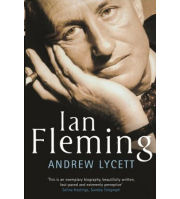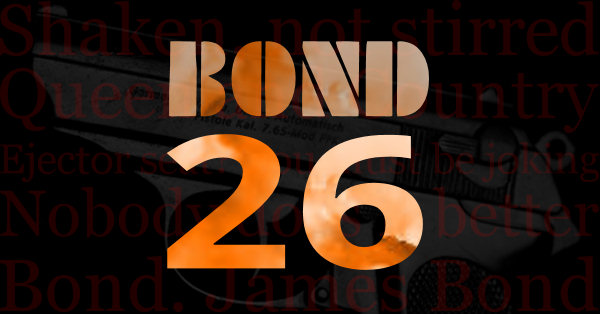 Although Operation Ruthless never came to fruition, Ian Fleming continued to play a central role in Naval Intelligence throughout the remainder of the war, and his travels took him to various places including New York, Quebec, Tangier and Jamaica while undertaking various projects.
Although Operation Ruthless never came to fruition, Ian Fleming continued to play a central role in Naval Intelligence throughout the remainder of the war, and his travels took him to various places including New York, Quebec, Tangier and Jamaica while undertaking various projects.
One of these was Operation Goldeneye, a plan to ensure that Britain maintained communication with Gibraltar in the event of Spain joining forces with Hitler, as well as providing measures to defend the strategically located territory – the Straits of Gibraltar are located at the entrance to the Mediterranean – should it be attacked by the Axis powers.
Another project in which he was also involved was helping influence the choice of head of Office of Co-ordinator of Information (OCI, later the Office of Strategic Services, the predecessor of the CIA). John Godfrey wanted the Americans to take intelligence gathering more seriously and he and Fleming visited New York lobbying for a new intelligence organisation to be created. Successful in their objective, Fleming remained behind as an advisor based on his first hand experience of running an intelligence operation. He later boasted that he had written the blueprint for the OSS, although this is probably stretching the truth a little.
One idea of Fleming’s that was put into practice was something he learned from the Germans in Crete. It entailed sending a small team of commandos with the advance troops to capture documents, ciphers and other materials and information ahead of the main assault. The result of this was the creation of 30 AU – Assault Unit – which he called his “Red Indians”, who were involved in the liberation of Paris and the invasion of Germany.
Fleming’s first visit to Jamaica coincided with the announcement that John Godfrey was being replaced as Director of Naval Intelligence. He arranged to be accompanied to an Anglo-American conference by his old friend Ivar Bryce, who was working for the secret service in New York and owned property on the Caribbean island. It was on the return from the conference that Fleming informed his friend of his dream of living in Jamaica – it had clearly had a huge impact on him. And as the war came to an end he was found in room 39 designing the house he planned to build for himself after the war.
Fleming’s personal life was as complicated as ever, seeing Ann O’Neill and Muriel Wright as often as he could, while frequently seeing an assortment of other women too. While Muriel was completely dedicated to Fleming, he continued to use her, but when in March 1944 she was killed in an air raid it was Ian who identified her body. Her death grieved him a lot, but he also felt guilty due to the way in which he had treated her.
Now a widow due to the war, Ann was also seeing Esmond Rothermere and in June 1945 she informed Fleming that she was tired of waiting for him to act and had decided to marry Rothermere. Their story might have ended there, but despite her marriage she continued to see Fleming.
![]() For more comprehensive information on the life of Ian Fleming see Andrew Lycett’s excellent biography, available at Amazon.co.uk/Amazon.com.
For more comprehensive information on the life of Ian Fleming see Andrew Lycett’s excellent biography, available at Amazon.co.uk/Amazon.com.
Read more about Ian Fleming











Leave a Reply.